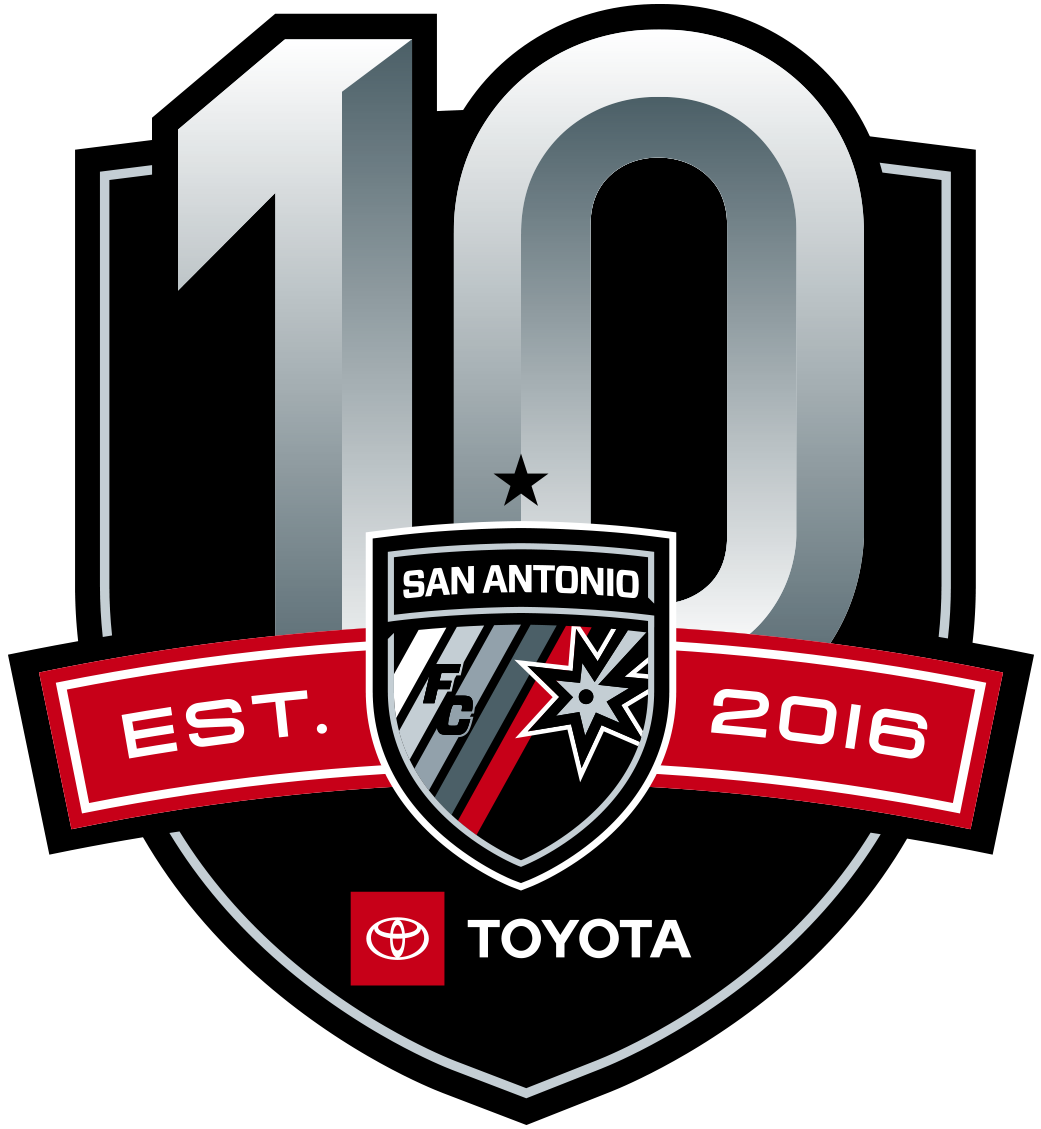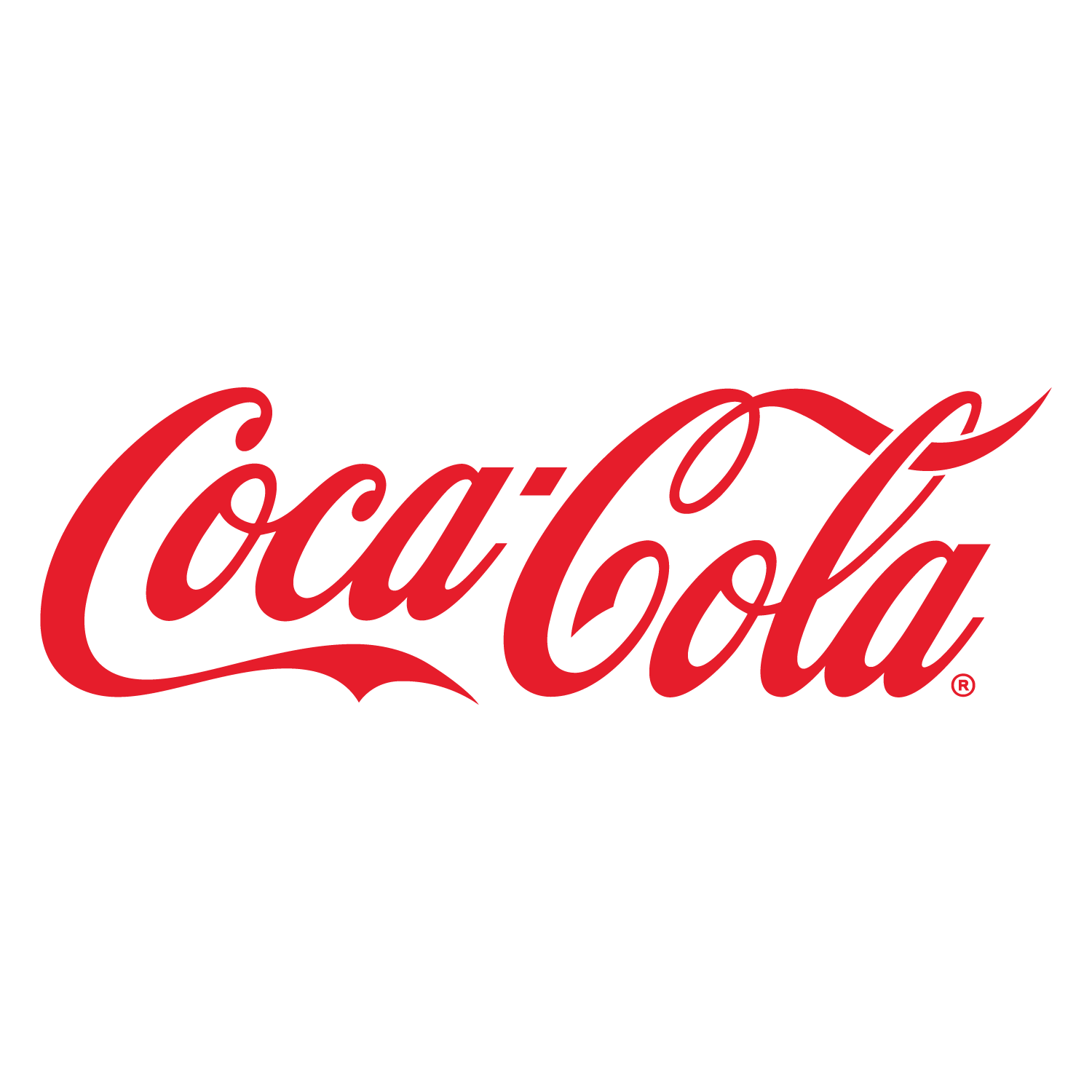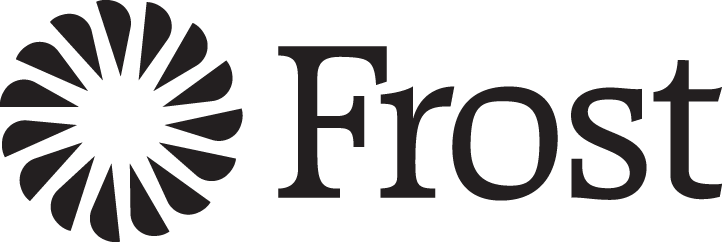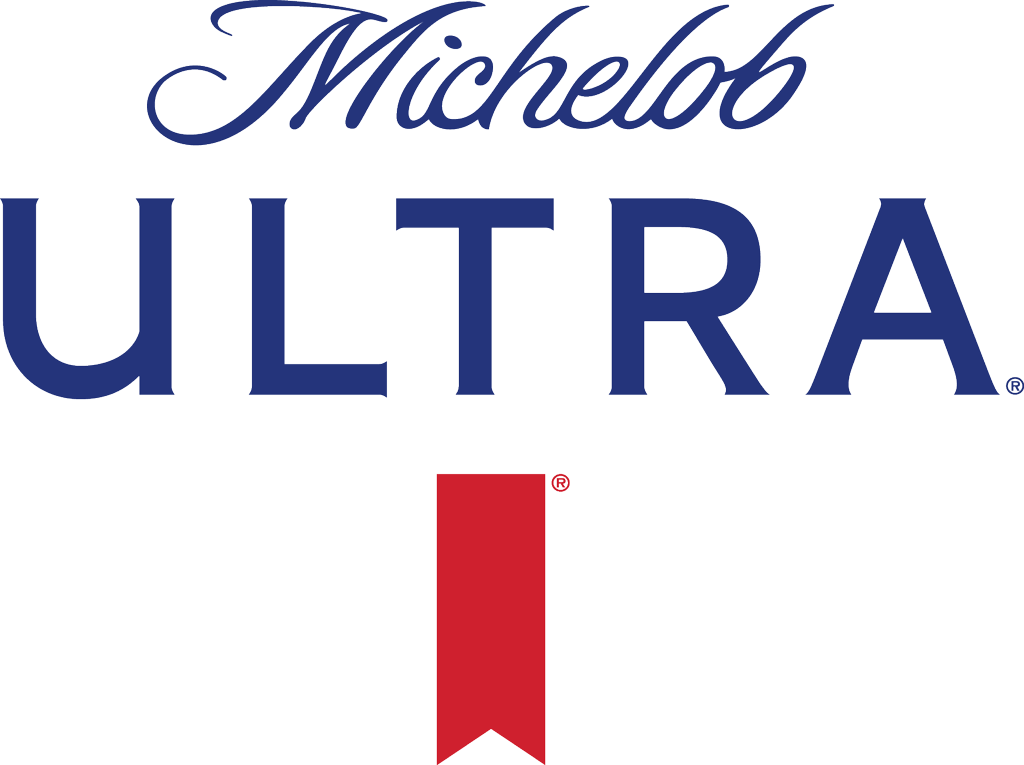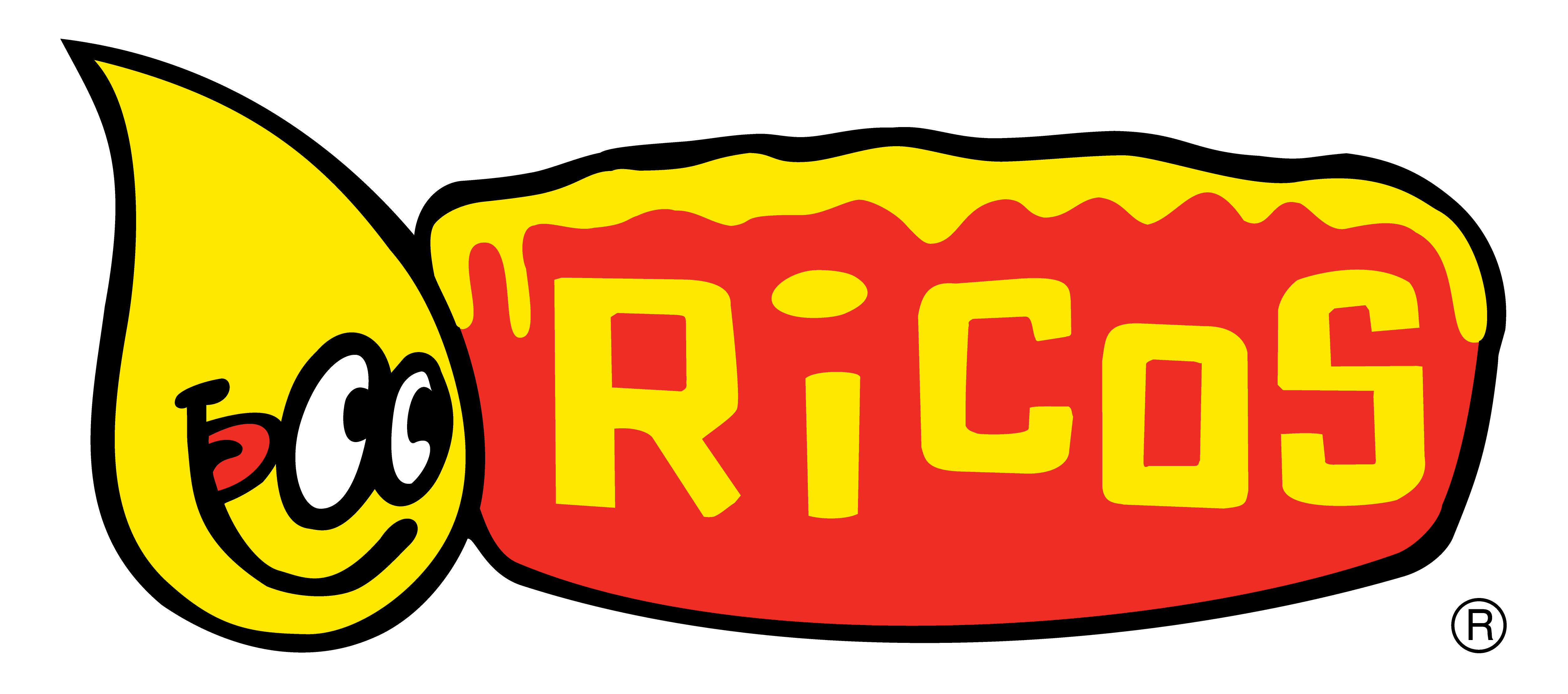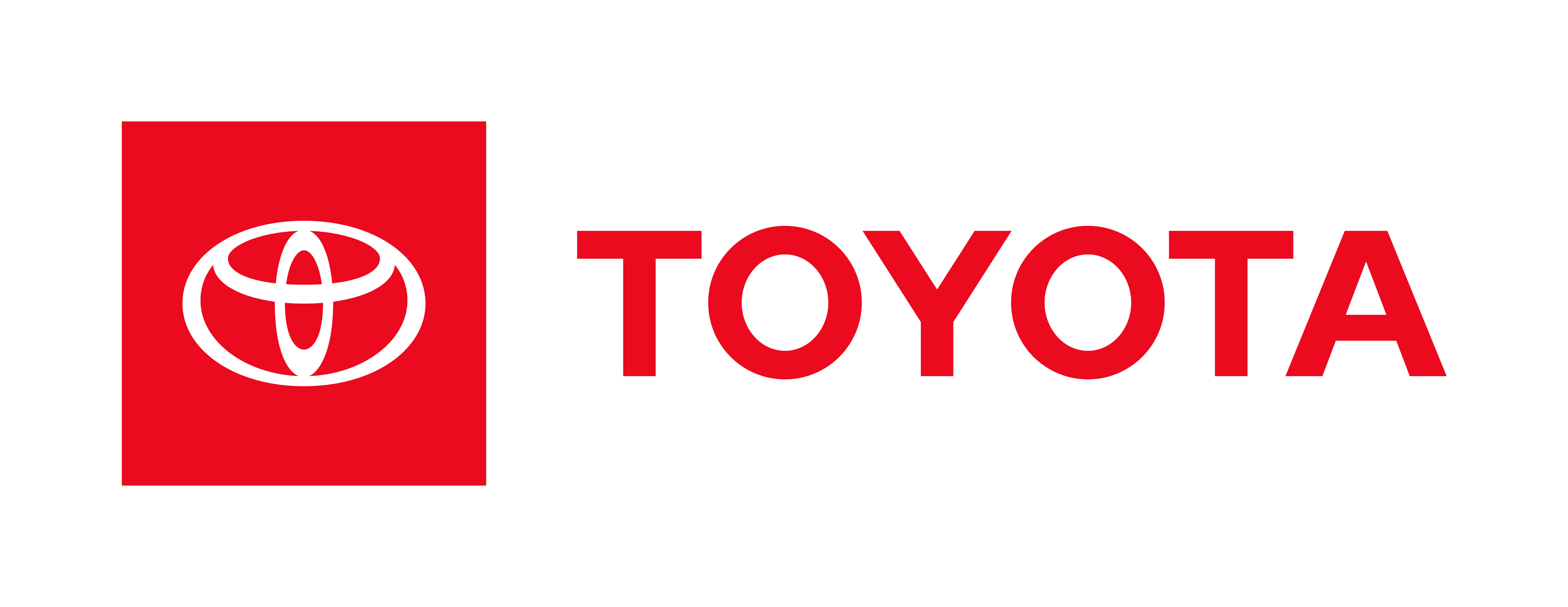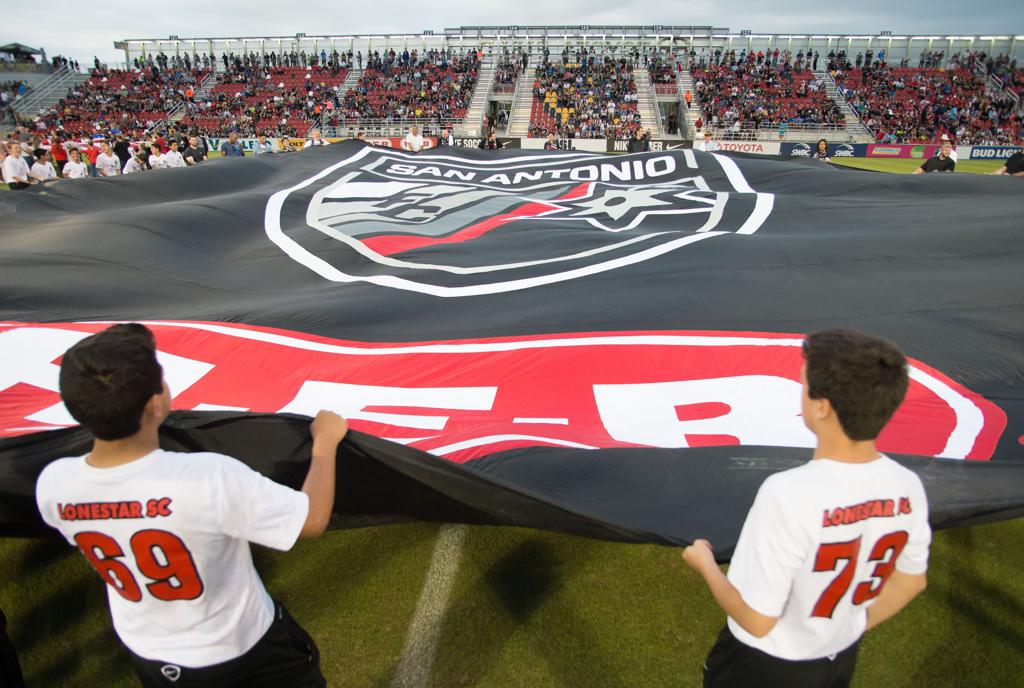
Maxi Rodriguez' favorite place in San Antonio is no restaurant, club or field. It is three blocks of residential neighborhood on the northwest side of town.
There is nothing that differentiates these blocks from the next three blocks over, but they are the blocks that his parents chose. And his aunts and uncles and grandparents. It is the best home he can imagine.
He has spent his whole life there minus four years at college, rotating from one house to the next for dinners, cookouts and a Christmas tamalada.
He is Puro San Antonio, which means he feels the excitement every April. There is Fiesta, when the city becomes a drink-ticket based economy for two weeks, which leads right into the NBA Playoffs, where the Spurs have had a presence for 20 straight years.
There is no better time to be a San Antonian than when the weather changes from warm to warmer, when chicken on a stick is what's for dinner, and the color palette is either pastels or Silver & Black.
But then the Spurs season ends, and those three blocks on the Northwest Side get quieter along with the rest of the city. That boost of pride from being unified with your 1.4 million neighbors trails off.
Maxi Rodriguez wants to change that. He and his 23 San Antonio FC teammates want to bring the city together and keep the Fiesta going all summer long.
That quest begins on Sunday with the SAFC season opener at Rio Grande Valley.
Rodriguez’ dream is to play in MLS someday. It’s the same dream as his franchise.
“This is a city of humble people,” Rodriguez said. “They work tirelessly for what they earn, and it’s in a selfless way. If we can help bring MLS to San Antonio, it gives me an extra drive to wake up in the morning to know that I’m not just doing it for myself, I’m playing for my home. That’s why we do what we do.”
Maxi Rodriguez’ favorite place in San Antonio is no restaurant, club or field. It is three blocks of residential neighborhood on the northwest side of town.
There is nothing that differentiates these blocks from the next three blocks over, but they are the blocks that his parents chose. And his aunts and uncles and grandparents. It is the best home he can imagine.
He has spent his whole life there minus four years at college, rotating from one house to the next for dinners, cookouts and a Christmas tamalada.
He is Puro San Antonio, which means he feels the excitement every April. There is Fiesta, when the city becomes a drink-ticket based economy for two weeks, which leads right into the NBA Playoffs, where the Spurs have had a presence for 20 straight years.
There is no better time to be a San Antonian than when the weather changes from warm to warmer, when chicken on a stick is what’s for dinner, and the color palette is either pastels or Silver & Black.
But then the Spurs season ends, and those three blocks on the Northwest Side get quieter along with the rest of the city. That boost of pride from being unified with your 1.4 million neighbors trails off.
Maxi Rodriguez wants to change that. He and his 23 San Antonio FC teammates want to bring the city together and keep the Fiesta going all summer long.
That quest begins on Sunday with the SAFC season opener at Rio Grande Valley.
Rodriguez’ dream is to play in MLS someday. It’s the same dream as his franchise.
“This is a city of humble people,” Rodriguez said. “They work tirelessly for what they earn, and it’s in a selfless way. If we can help bring MLS to San Antonio, it gives me an extra drive to wake up in the morning to know that I’m not just doing it for myself, I’m playing for my home. That’s why we do what we do.”

Rodriguez is one of the newest members of SAFC, although “new” is a relative term for SAFC.
Fifteen months ago, coach Darren Powell was one of the club’s first employees. He had six weeks to put together a full squad before training camp.
Powell assembled a competitive lineup, and on the last day of the inaugural season, SAFC had a chance to clinch a playoff berth.
Although SAFC fell short of the playoffs, a foundation was set. The club finished 10th in the conference with a 10-12-8 record, and also finished fourth in the USL in attendance with an average crowd of 6,170 fans.
Facing an offseason of six months instead of six weeks, Powell and SAFC managing director Tim Holt still didn’t have a day to spare.
“The goal is always ‘What’s next?’” Holt said.
SAFC enters year two with a revamped roster, a fast-growing youth development academy and a partnership with MLS side New York City FC.
But the biggest moment of the offseason came in the form of a bid. Spurs Sports & Entertainment submitted its application for Major League Soccer’s expansion process, taking another step toward joining the league. The MLS received applications from 12 cities vying for four bids, as the league is expecting to expand to 28 teams.
“We have a good market for soccer and we have city and county support,” said Bexar County Judge Nelson Wolff. “Soccer is the sport of the future, it’s the sport of millennials, and MLS will be a big component in attracting people to San Antonio.”
Added San Antonio Mayor Ivy Taylor, “We know that Spurs Sports & Entertainment has the strength to be able to unfold a new sports enterprise in our community, and certainly to build partnership with businesses to support it.”
SAFC players are well aware of the easiest way to build excitement for soccer in San Antonio: win.
Rodriguez is one of the newest members of SAFC, although “new” is a relative term for SAFC.
Fifteen months ago, coach Darren Powell was one of the club’s first employees. He had six weeks to put together a full squad before training camp.
Powell assembled a competitive lineup, and on the last day of the inaugural season, SAFC had a chance to clinch a playoff berth.
Although SAFC fell short of the playoffs, a foundation was set. The club finished 10th in the conference with a 10-12-8 record, and also finished fourth in the USL in attendance with an average crowd of 6,170 fans.
Facing an offseason of six months instead of six weeks, Powell and SAFC managing director Tim Holt still didn’t have a day to spare.
“The goal is always ‘What’s next?’” Holt said.
SAFC enters year two with a revamped roster, a fast-growing youth development academy and a partnership with MLS side New York City FC.
But the biggest moment of the offseason came in the form of a bid. Spurs Sports & Entertainment submitted its application for Major League Soccer’s expansion process, taking another step toward joining the league. The MLS received applications from 12 cities vying for four bids, as the league is expecting to expand to 28 teams.
“We have a good market for soccer and we have city and county support,” said Bexar County Judge Nelson Wolff. “Soccer is the sport of the future, it’s the sport of millennials, and MLS will be a big component in attracting people to San Antonio.”
Added San Antonio Mayor Ivy Taylor, “We know that Spurs Sports & Entertainment has the strength to be able to unfold a new sports enterprise in our community, and certainly to build partnership with businesses to support it.”
SAFC players are well aware of the easiest way to build excitement for soccer in San Antonio: win.
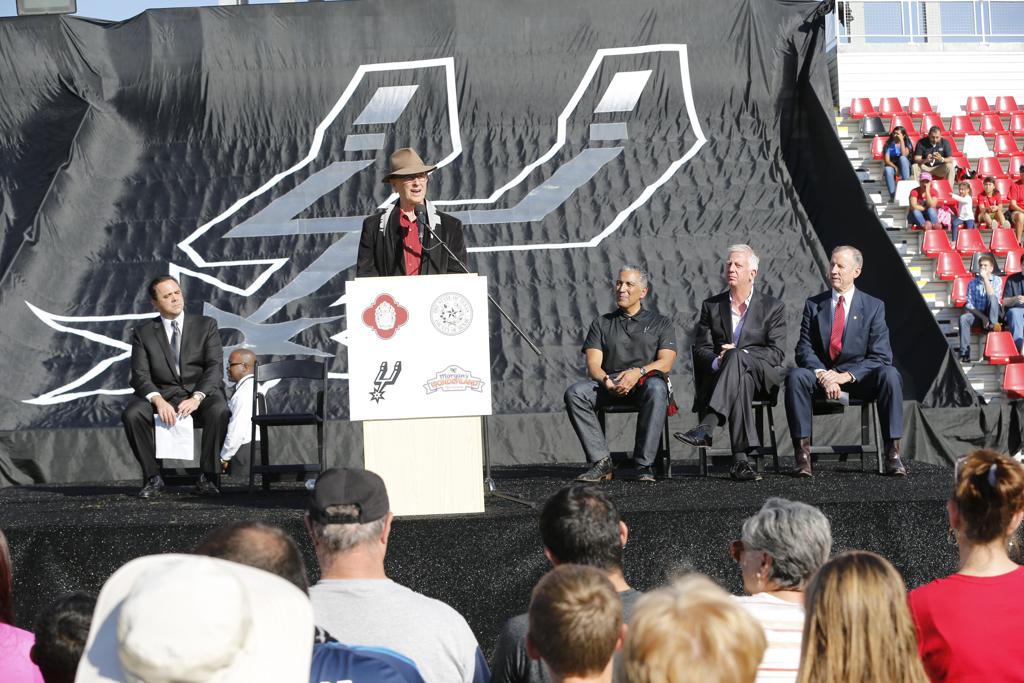
The 2017 San Antonio FC roster includes 13 new players, most who cited the community and the chance to build something in San Antonio as major reasons for coming.
“One of the biggest reasons I came here was to be a part of a new team, a new organization and because this city is so involved with the team,” said defender Ben Newnam. “It’s almost like being involved at a start-up company where you see the energy and see what it means to the community.”
Newnam, who spent last season with Louisville City FC, is part of a revamped backline that Powell made a top priority in the offseason. In addition, the club re-signed Greg Cochrane, who led the team with 2,631 minutes played last season and Dallas native Stephen McCarthy, a 6-foot-4 leader at centerback last year before an arm injury cut his 2016 season short.
While many players had already signed with clubs for the 2016 season before SAFC was announced as a franchise, the full offseason leading into 2017 gave Powell much more time and deliberation on scouting and courting free agents. The emphasis on defense was clear with the signings of veterans Cyprian Hedrick, Sebastien Ibeagha and Newnam. The club was also able to lure a 2016 Western Conference champion in Kris Tyrpak. Tyrpak, a former San Antonio Scorpions player, helped Swope Park Rangers reach the USL Cup last season.
Hedrick was the first new arrival in the offseason, having spent 2016 with OKC Energy and leading the team with 2,610 minutes played.
Ibeagha, a former Houston Dynamo player, spent 2016 with RGV and the NASL’s Rayo OKC.
“There’s a great long-term plan for this club, but we’re not thinking long-term about the season – we want to win now,” Ibeagha said.
On the offensive side, SAFC stayed closer to home for some key acquisitions.
Eighteen-year-old Devin Vega grew up in San Antonio before leaving at 14 for the FC Dallas Academy. Vega became the first San Antonio native since the turn of the century to represent the Unites States at the U-17 level when he played in the 2014 Aegean Cup in Turkey.
Powell also quickly reached out to a local favorite in former Scorpions midfielder Billy Forbes, the Scorpions’ all-time assists leader.
Forbes spent last season with Rayo OKC, where he led the team with four assists and added three goals.
“This is my second home,” Forbes said. “This is amazing, the team, the facilities, what I’m seeing right now as at the top, and I’ve played in a lot of places.”
While Powell was staring at 100 names a year before to start a team from scratch, the offseason process after year one had a more deliberate pace.
The 2017 San Antonio FC roster includes 13 new players, most who cited the community and the chance to build something in San Antonio as major reasons for coming.
“One of the biggest reasons I came here was to be a part of a new team, a new organization and because this city is so involved with the team,” said defender Ben Newnam. “It’s almost like being involved at a start-up company where you see the energy and see what it means to the community.”
Newnam, who spent last season with Louisville City FC, is part of a revamped backline that Powell made a top priority in the offseason. In addition, the club re-signed Greg Cochrane, who led the team with 2,631 minutes played last season and Dallas native Stephen McCarthy, a 6-foot-4 leader at centerback last year before an arm injury cut his 2016 season short.
While many players had already signed with clubs for the 2016 season before SAFC was announced as a franchise, the full offseason leading into 2017 gave Powell much more time and deliberation on scouting and courting free agents. The emphasis on defense was clear with the signings of veterans Cyprian Hedrick, Sebastien Ibeagha and Newnam. The club was also able to lure a 2016 Western Conference champion in Kris Tyrpak. Tyrpak, a former San Antonio Scorpions player, helped Swope Park Rangers reach the USL Cup last season.
Hedrick was the first new arrival in the offseason, having spent 2016 with OKC Energy and leading the team with 2,610 minutes played.
Ibeagha, a former Houston Dynamo player, spent 2016 with RGV and the NASL’s Rayo OKC.
“There’s a great long-term plan for this club, but we’re not thinking long-term about the season – we want to win now,” Ibeagha said.
On the offensive side, SAFC stayed closer to home for some key acquisitions.
Eighteen-year-old Devin Vega grew up in San Antonio before leaving at 14 for the FC Dallas Academy. Vega became the first San Antonio native since the turn of the century to represent the Unites States at the U-17 level when he played in the 2014 Aegean Cup in Turkey.
Powell also quickly reached out to a local favorite in former Scorpions midfielder Billy Forbes, the Scorpions’ all-time assists leader.
Forbes spent last season with Rayo OKC, where he led the team with four assists and added three goals.
“This is my second home,” Forbes said. “This is amazing, the team, the facilities, what I’m seeing right now as at the top, and I’ve played in a lot of places.”
While Powell was staring at 100 names a year before to start a team from scratch, the offseason process after year one had a more deliberate pace.
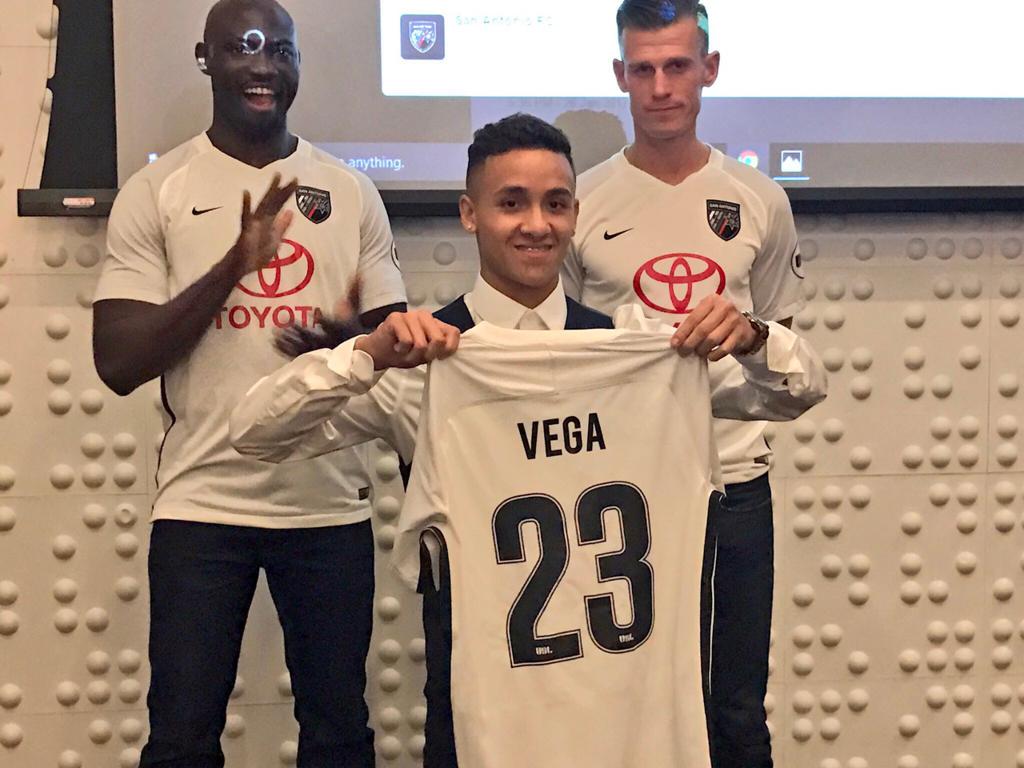
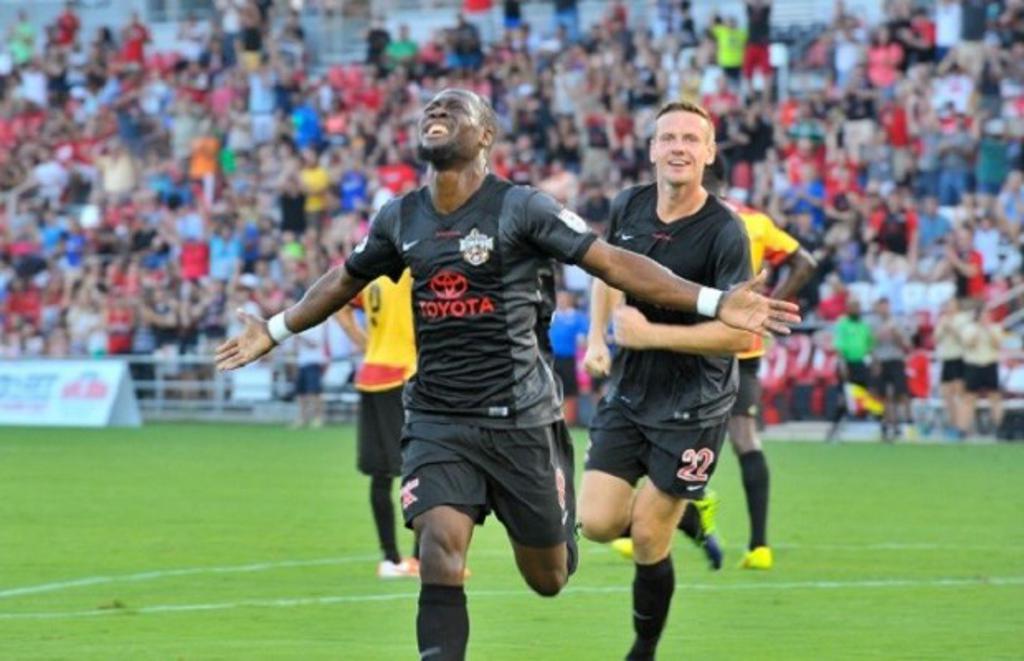
The 2016 season ended in heartbreak on a windy field in South Texas as SAFC fell just short of the playoffs. Powell said after a long bus ride home and 24 hours to “know it’s over,” his mind turned to the next season. He was encouraged through evaluations of the first year, especially when the overwhelming majority of the roster expressed a desire to return.
“The biggest thing is to develop a culture and that’s one thing we didn’t want to deviate,” Powell said. “By doing that, I think we set a precedent for future years. We were new to the travel, the heat, the schedule. You can only control what you’re able to control, and we want to operate at the highest standard possible. The most important things we’ll learn from year one will be how we can do it better in year two.”
Holt and Powell both came to San Antonio from Orlando City SC, which provided a blueprint to leap from USL to MLS. The similarities are plentiful between Orlando and San Antonio – two of America’s 10 fastest-growing cities, and both that had one major pro sports team, an NBA franchise.
Orlando City joined the USL in 2011, winning a championship in the first year of play. Attendance steadily grew as another USL title came in 2013, and in November of 2013, MLS accepted their bid to begin play in 2015.
With a team led by Brazilian star Kaka, Orlando City had the league’s second-highest attendance in 2016 and opened a soccer-specific stadium in February.
Holt said San Antonio has many of the same elements as Orlando and could see the same success, as long as the culture is established the right way.
The 2016 season ended in heartbreak on a windy field in South Texas as SAFC fell just short of the playoffs. Powell said after a long bus ride home and 24 hours to “know it’s over,” his mind turned to the next season. He was encouraged through evaluations of the first year, especially when the overwhelming majority of the roster expressed a desire to return.
“The biggest thing is to develop a culture and that’s one thing we didn’t want to deviate,” Powell said. “By doing that, I think we set a precedent for future years. We were new to the travel, the heat, the schedule. You can only control what you’re able to control, and we want to operate at the highest standard possible. The most important things we’ll learn from year one will be how we can do it better in year two.”
Holt and Powell both came to San Antonio from Orlando City SC, which provided a blueprint to leap from USL to MLS. The similarities are plentiful between Orlando and San Antonio – two of America’s 10 fastest-growing cities, and both that had one major pro sports team, an NBA franchise.
Orlando City joined the USL in 2011, winning a championship in the first year of play. Attendance steadily grew as another USL title came in 2013, and in November of 2013, MLS accepted their bid to begin play in 2015.
With a team led by Brazilian star Kaka, Orlando City had the league’s second-highest attendance in 2016 and opened a soccer-specific stadium in February.
Holt said San Antonio has many of the same elements as Orlando and could see the same success, as long as the culture is established the right way.

Among those building blocks is the SAFC Pro Academy, which began play with a U-12 team in 2016 and has added an Elite Training Program for younger and older age groups.
“Last season, there were corners we could have cut in the building of this club that might have seemed optically better, but those weren’t the best long-term decisions,” Holt said. “We didn’t spend our time thinking of what is in the best interest of 2016, it was what’s in the best interest of 2016, 2020, 2025 and beyond.”
While SAFC continues to make strides, the USL is doing the same.
Back when Orlando City kicked off, USL was just getting off the ground as well, and Orlando’s competition at the time was a 12-team league, not 30.
U.S. Soccer granted the USL Provisional Division II status in January, and the league continues to grow, adding Ottawa Fury FC, Tampa Bay Rowdies and Reno 1868 for 2017.
“I think we’re still in awareness mode,” Holt said. “San Antonians are still learning about our club, about the USL, and we have to remember that we’re just getting going. Ultimately, it’s about the team and the players, and we like what we’ve built.”
What’s next? There’s only one way to find out, and it begins Sunday night with Year Two.
Among those building blocks is the SAFC Pro Academy, which began play with a U-12 team in 2016 and has added an Elite Training Program for younger and older age groups.
“Last season, there were corners we could have cut in the building of this club that might have seemed optically better, but those weren’t the best long-term decisions,” Holt said. “We didn’t spend our time thinking of what is in the best interest of 2016, it was what’s in the best interest of 2016, 2020, 2025 and beyond.”
While SAFC continues to make strides, the USL is doing the same.
Back when Orlando City kicked off, USL was just getting off the ground as well, and Orlando’s competition at the time was a 12-team league, not 30.
U.S. Soccer granted the USL Provisional Division II status in January, and the league continues to grow, adding Ottawa Fury FC, Tampa Bay Rowdies and Reno 1868 for 2017.
“I think we’re still in awareness mode,” Holt said. “San Antonians are still learning about our club, about the USL, and we have to remember that we’re just getting going. Ultimately, it’s about the team and the players, and we like what we’ve built.”
What’s next? There’s only one way to find out, and it begins Sunday night with Year Two.































































































































































































































































































